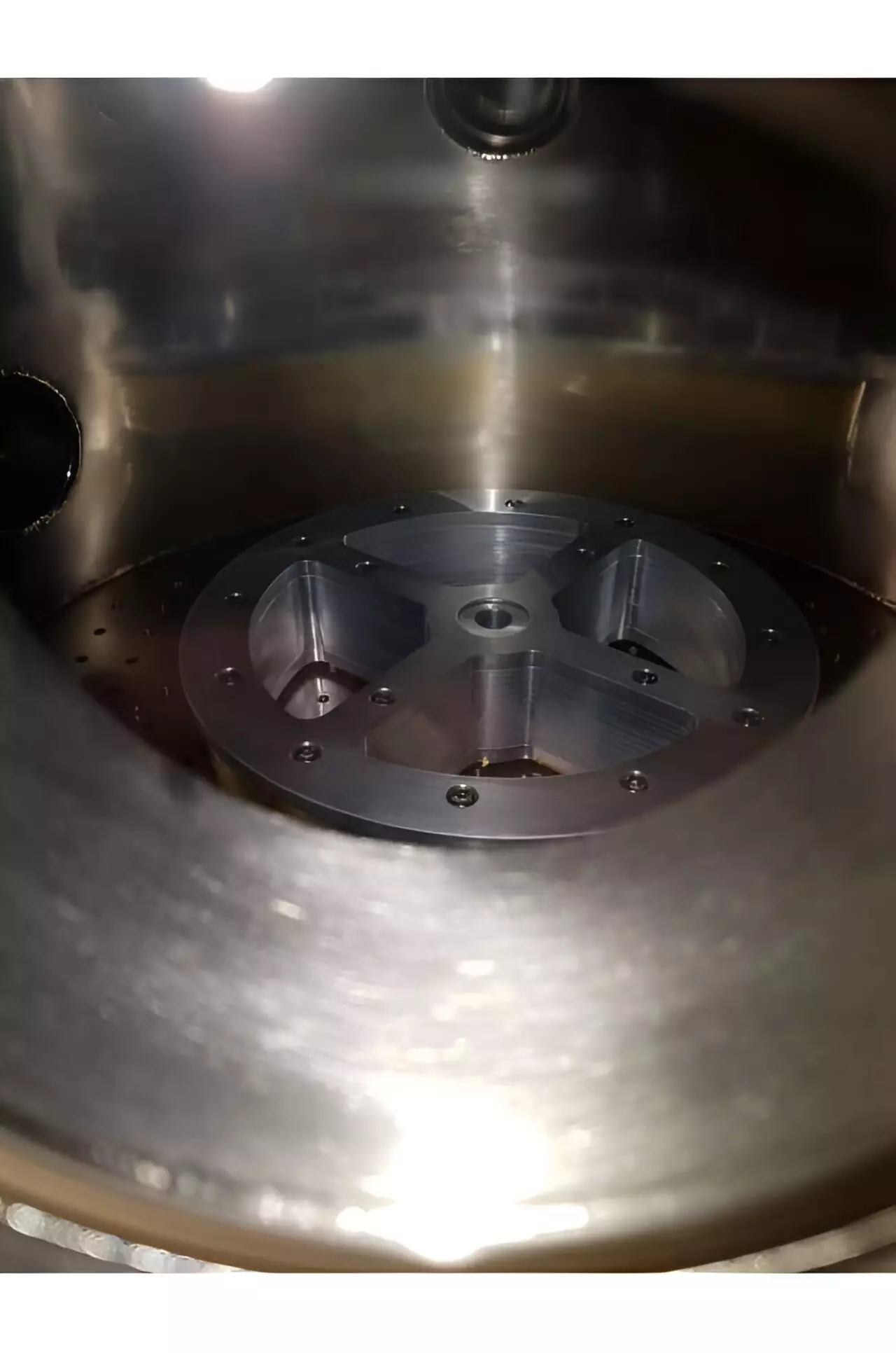The development of a prototype fiber optic gyroscope for monitoring ground rotations during earthquakes in the active volcanic area of Campi Flegrei in Naples, Italy marks a significant advancement in seismic monitoring technology. This innovation holds promise for enhancing risk assessment and early warning systems in highly populated areas prone to seismic activity.
Seismic activity in regions like Campi Flegrei can have devastating consequences, hence the importance of developing tools and technologies to better understand and monitor ground movements during earthquakes. According to research team leader Saverio Avino, capturing both linear and rotational movements of the Earth’s surface provides a more comprehensive insight into the dynamics of seismic sources.
In a report published in the journal Applied Optics, researchers shared preliminary observational data obtained from a rotational sensor based on a 2-km long fiber-optic gyroscope. The sensor successfully recorded data over a five-month period, detecting noise and ground rotations caused by small to medium local earthquakes. This data is crucial for improving the monitoring and assessment of seismic and volcanic activity in the region.
Gyroscopes play a key role in detecting and measuring changes in orientation or angular velocity, making them essential for monitoring seismic waves and volcanic activity. By utilizing the Sagnac effect, researchers were able to develop a complex gyroscope capable of detecting rotational movements with high resolution. This technology provides valuable insights into the behavior of seismic and volcanic phenomena.
The researchers constructed a prototype fiber-optic rotational sensor using standard laboratory instrumentation and components. By injecting light into a 2-kilometer-long optical fiber cable wound around an aluminum spool, they were able to create a continuous light path to measure rotation movements. This innovative approach demonstrates the potential for advancing seismic monitoring capabilities in volcanic regions.
While the current prototype gyroscope can only measure one directional component of rotation movement, plans are underway to develop a three-axis gyroscope for capturing all three components. With improvements in resolution and stability, researchers aim to establish a permanent ground rotation observatory in the Campi Flegrei area. This long-term initiative holds promise for enhancing early warning systems and risk assessment strategies in earthquake-prone regions.
The development of fiber optic gyroscopes for monitoring ground rotations during earthquakes represents a significant breakthrough in seismic monitoring technology. By harnessing the capabilities of this innovative technology, researchers are poised to gain a deeper understanding of seismic and volcanic activity in highly populated areas, ultimately leading to enhanced risk assessment and improved early warning systems.


Leave a Reply